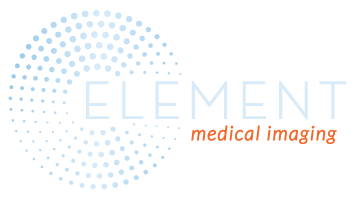Exam Explanation
Diagnostic ultrasound is a test that has many uses, from diagnosing serious illnesses to determining a baby’s sex. A diagnostic ultrasound uses high-frequency sound waves to view inside the body. Images are captured in real-time, so they show movement of the body’s internal organs as well as blood flowing through the blood vessels. Unlike an X-ray, there is no radiation exposure. Most ultrasound exams are done using a probe placed against the skin. However, some involve placing a device inside your body.
Ultrasound is used in diagnosing a variety of conditions: gallbladder or liver disease, viewing the uterus and ovaries of a pregnant woman and assessing the fetus; evaluating the flow of blood in the arteries to detect blockages; evaluating a breast lump; and diagnosing conditions affecting the spleen, pancreas, kidneys, bladder, thyroid or testicles. It can also be used to guide a needle for a biopsy.
Exam Preparation
Most ultrasound examinations are painless, fast and easy. Generally, no special preparation is needed. However, depending on the type of exam, you may need to drink fluid before the ultrasound or you may be asked to fast for several hours before the procedure. Be sure to check with your doctor or our office. See the links at right to specific types of ultrasounds for more details on those.
During the Exam
You will likely have to wear a gown over the area that is being examined. You may wish to wear a two-piece outfit that day. You will lie face up on a padded exam table. A small amount of gel will be applied to the area being examined. A probe is then placed against the skin. You may be instructed to hold your breath for a short period of time. The test takes about 10-20 minutes to complete. Other types of ultrasound exams may involve placing a device into a natural opening in the body.

